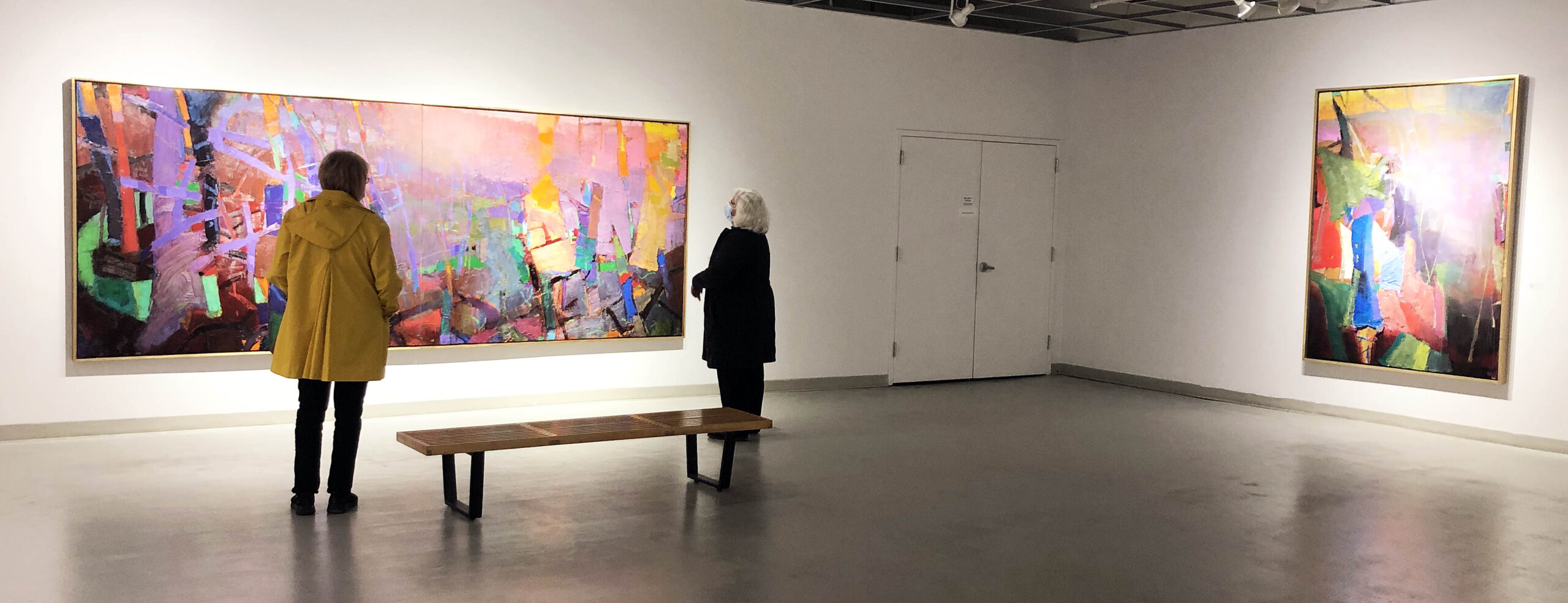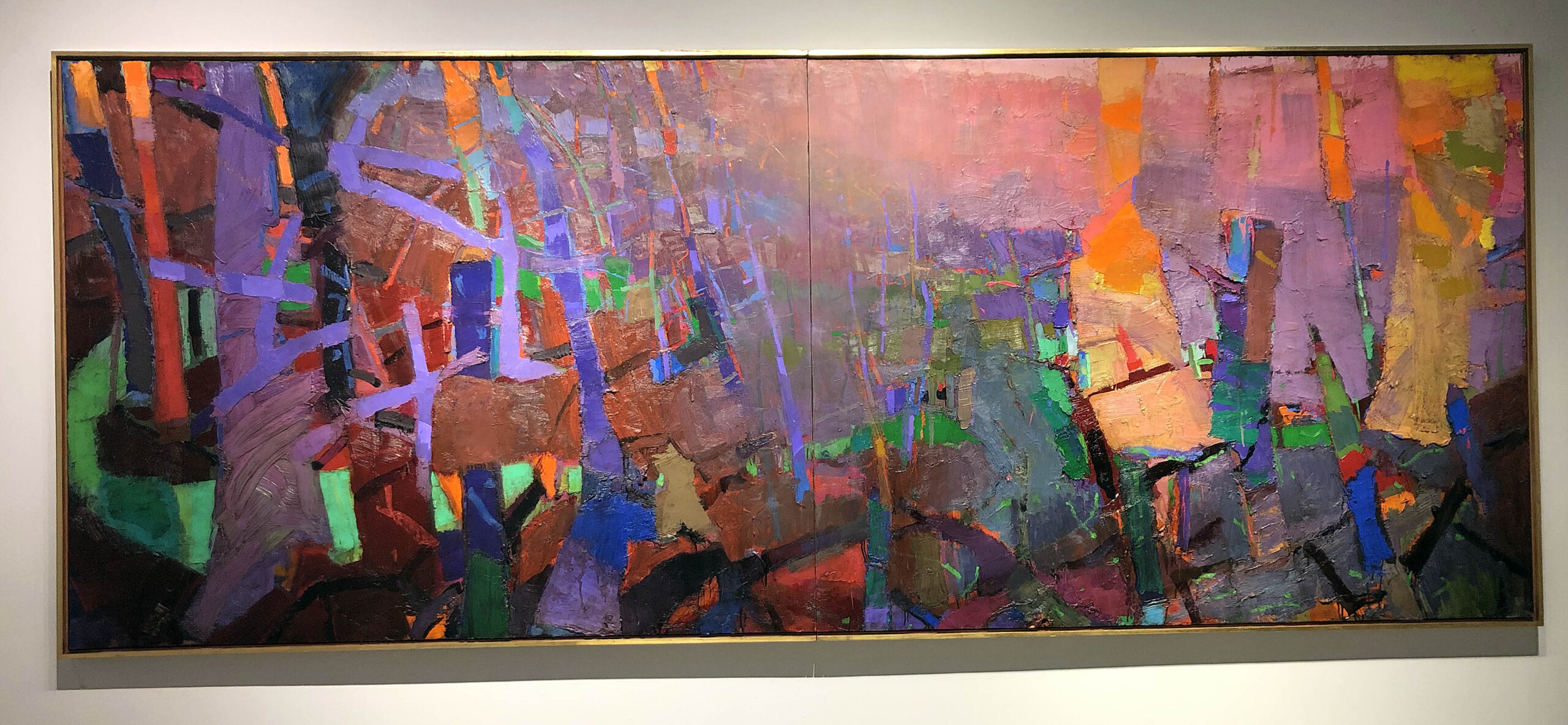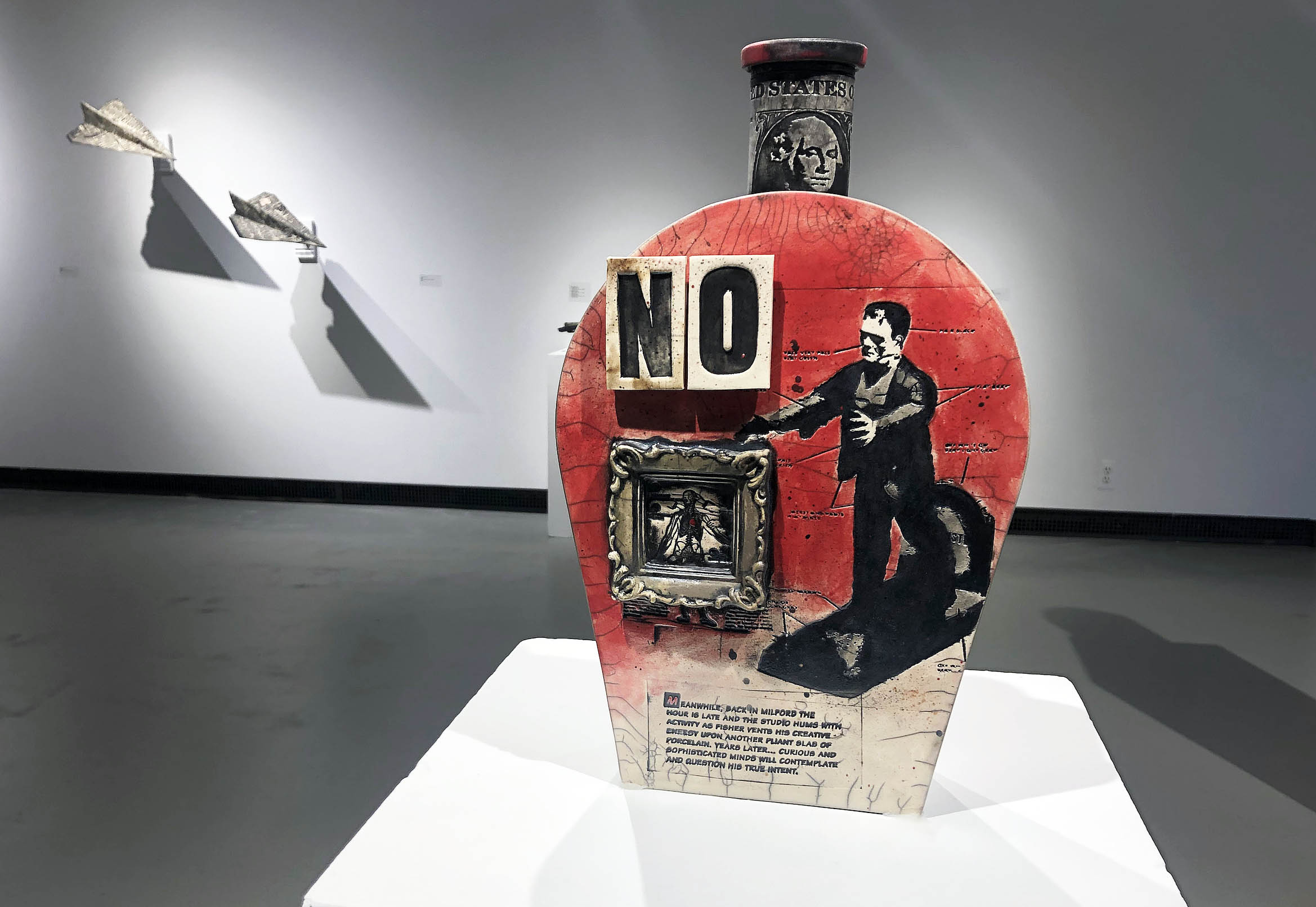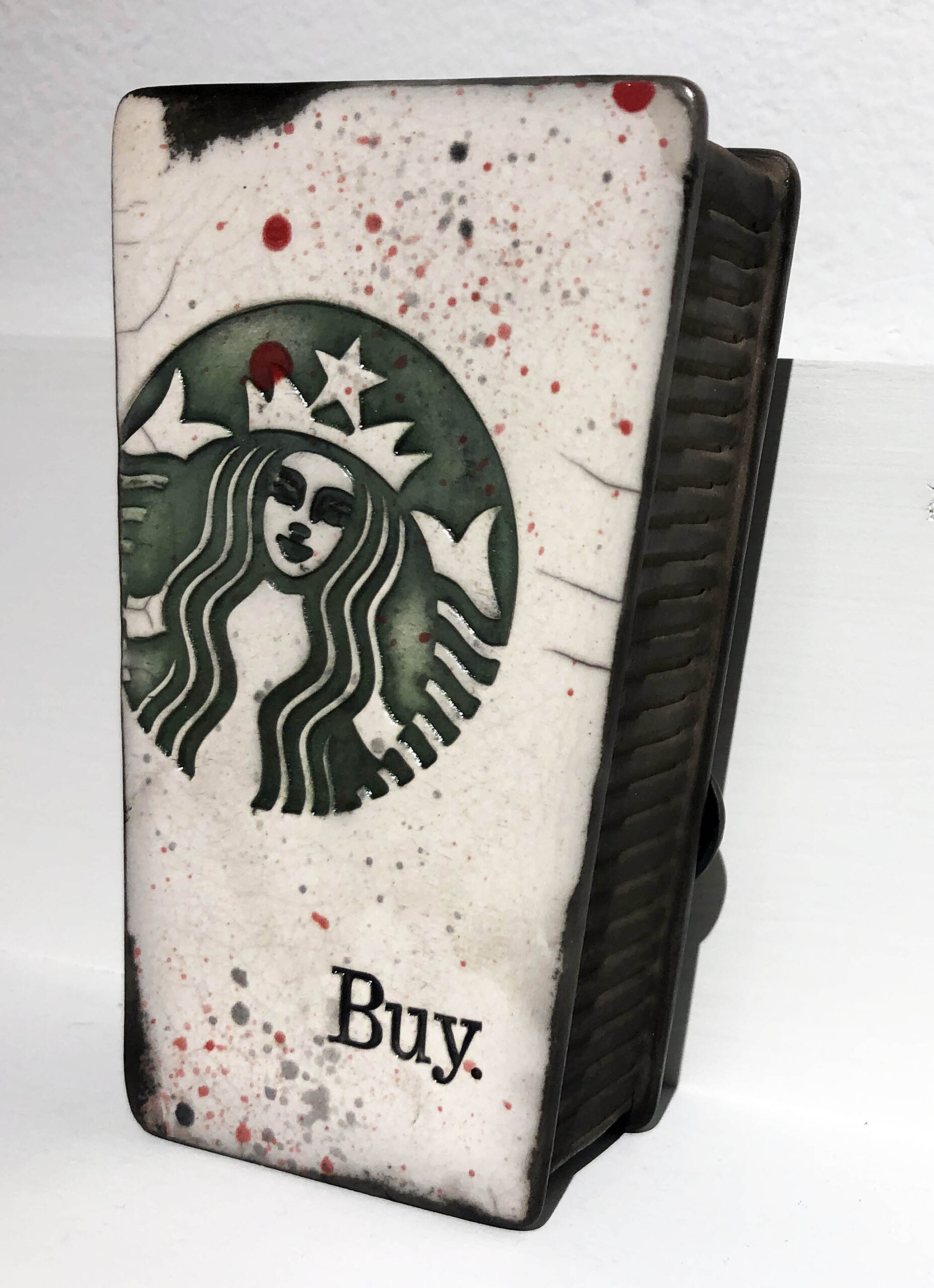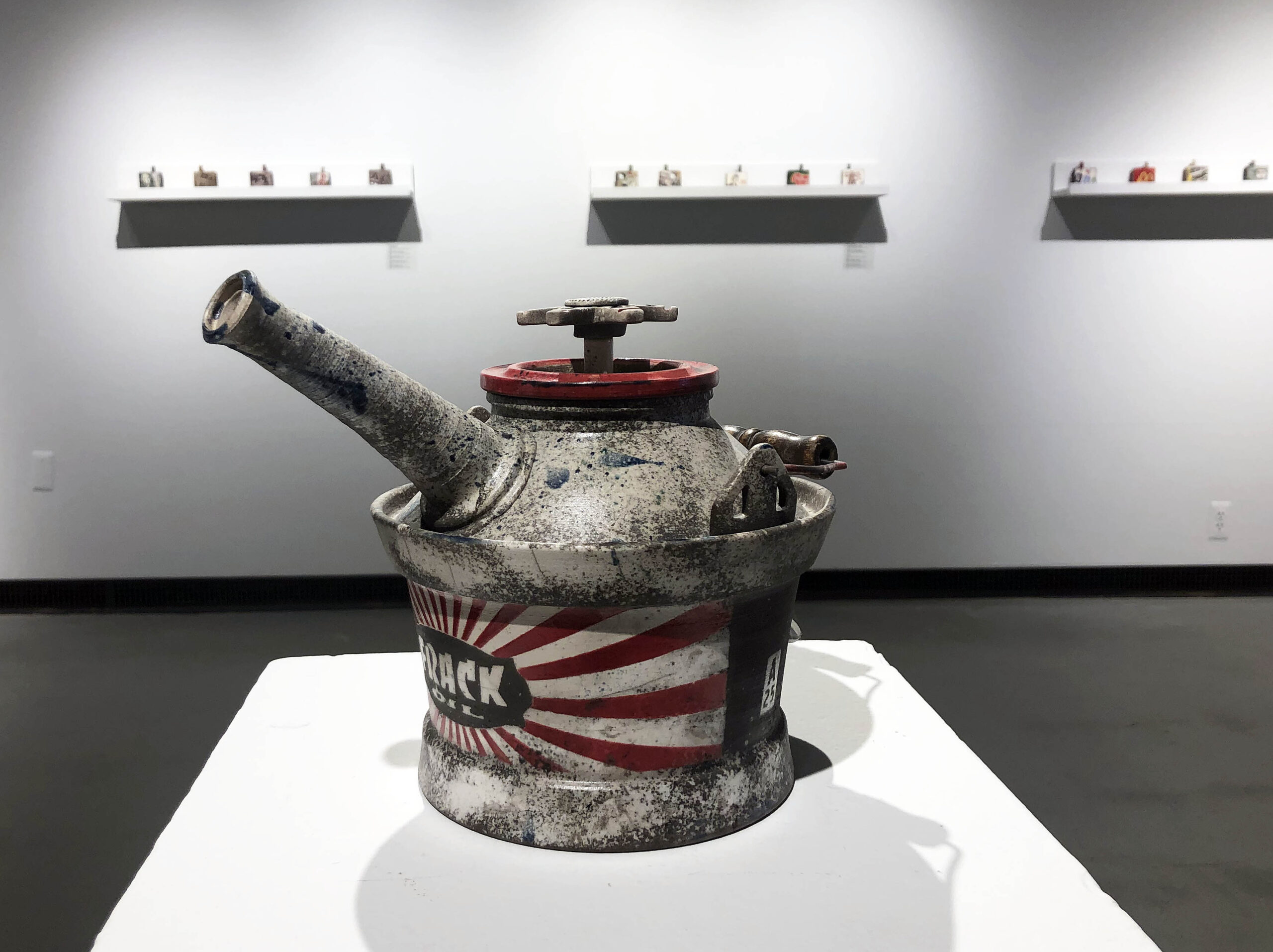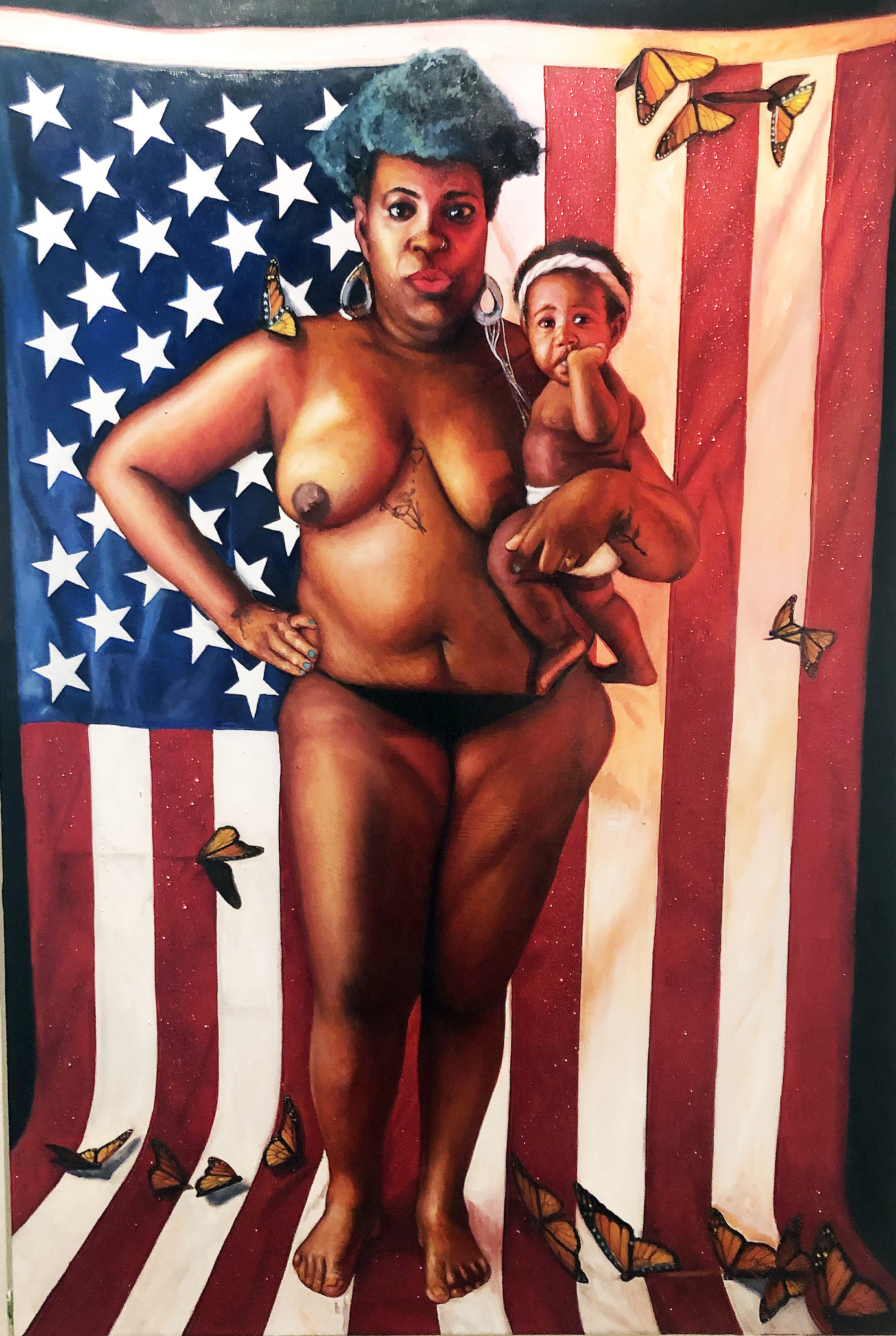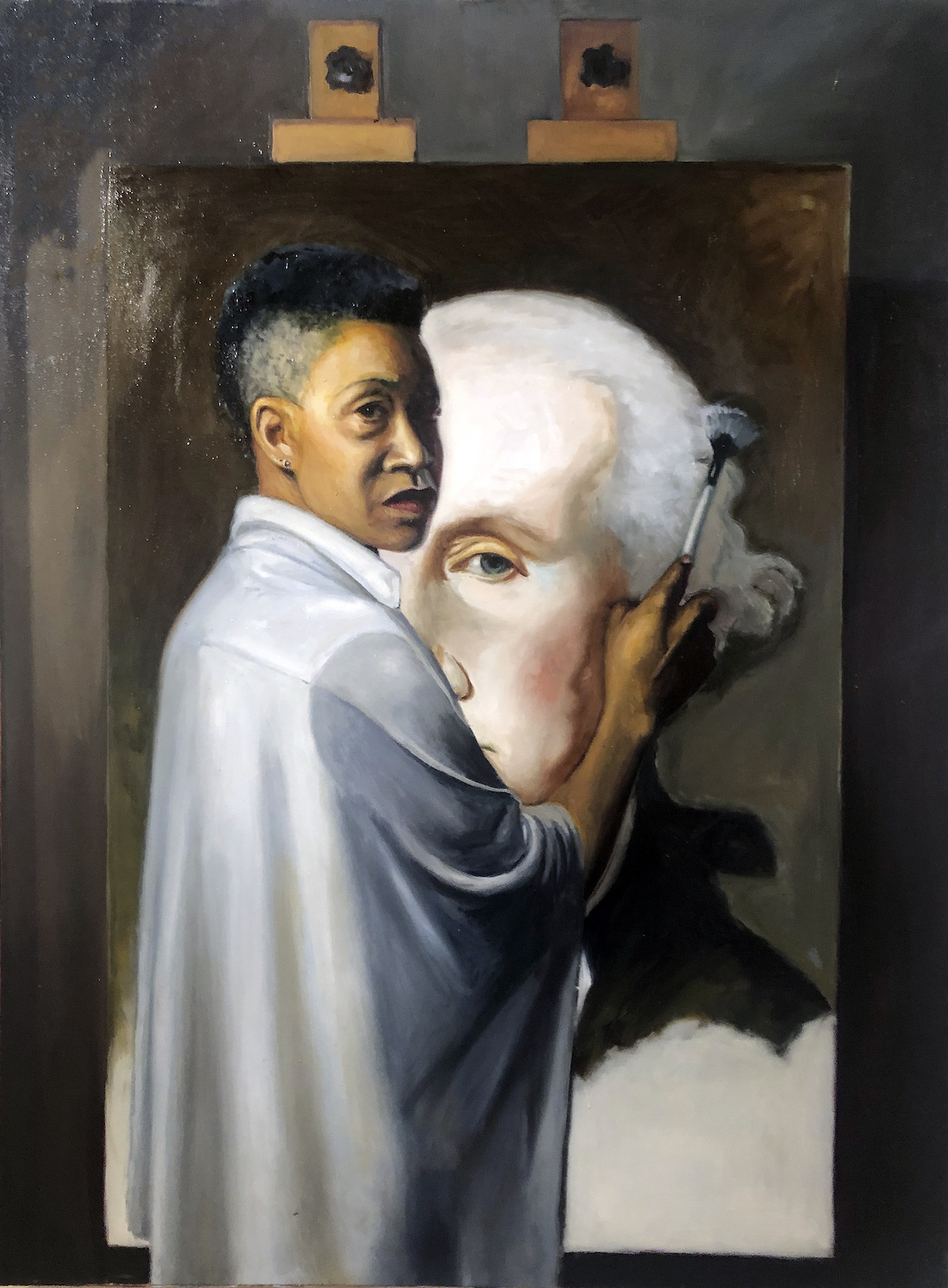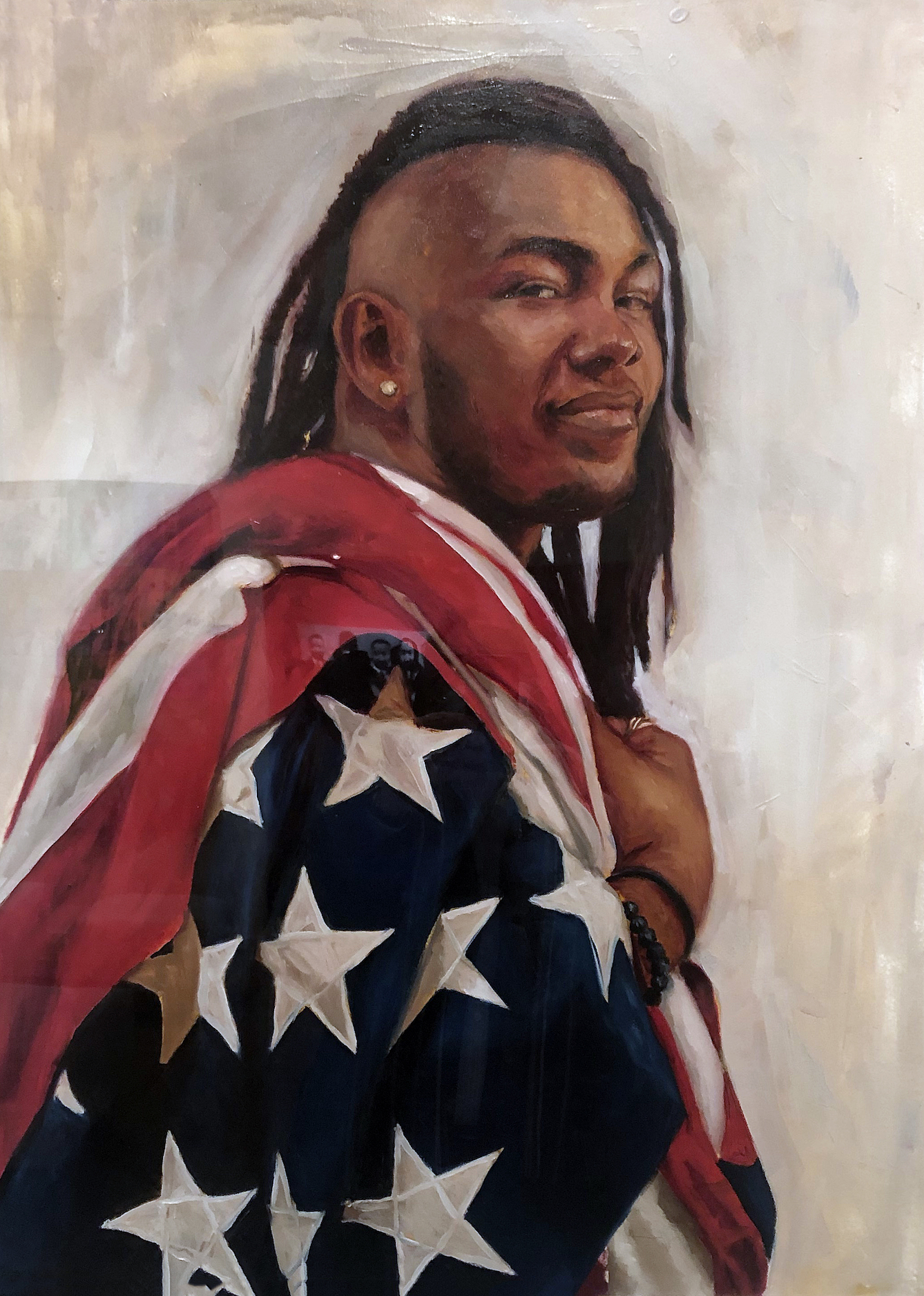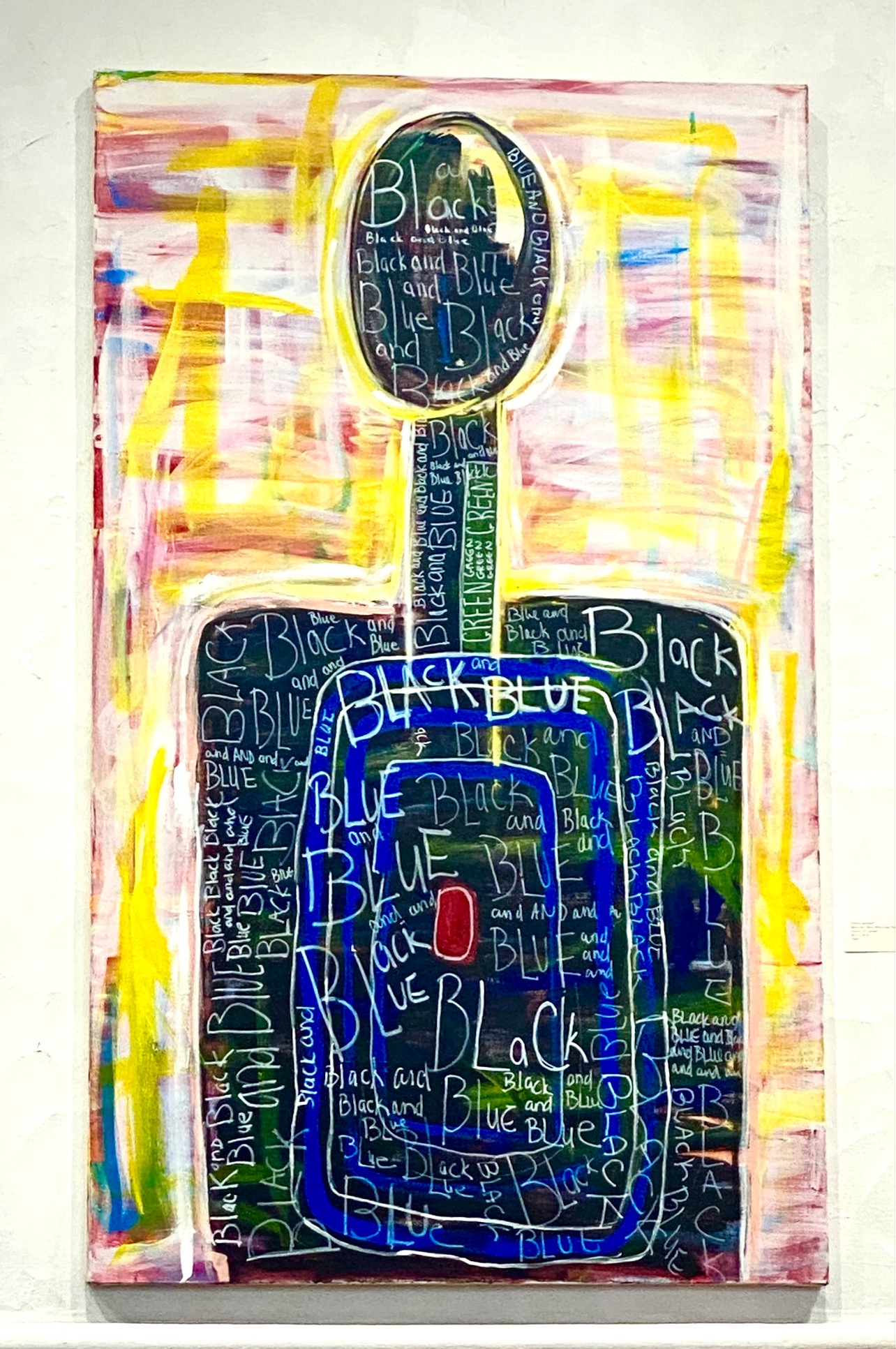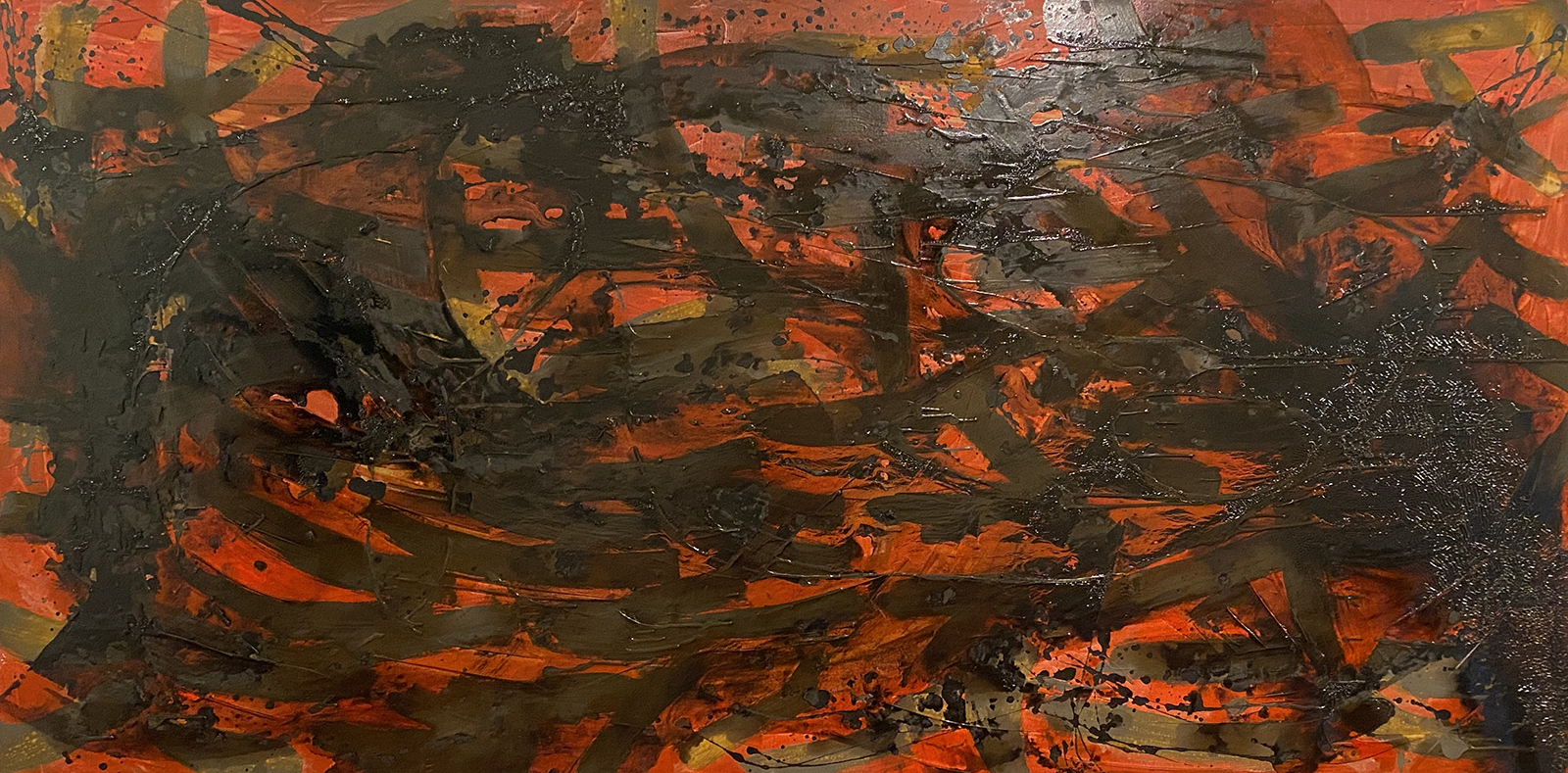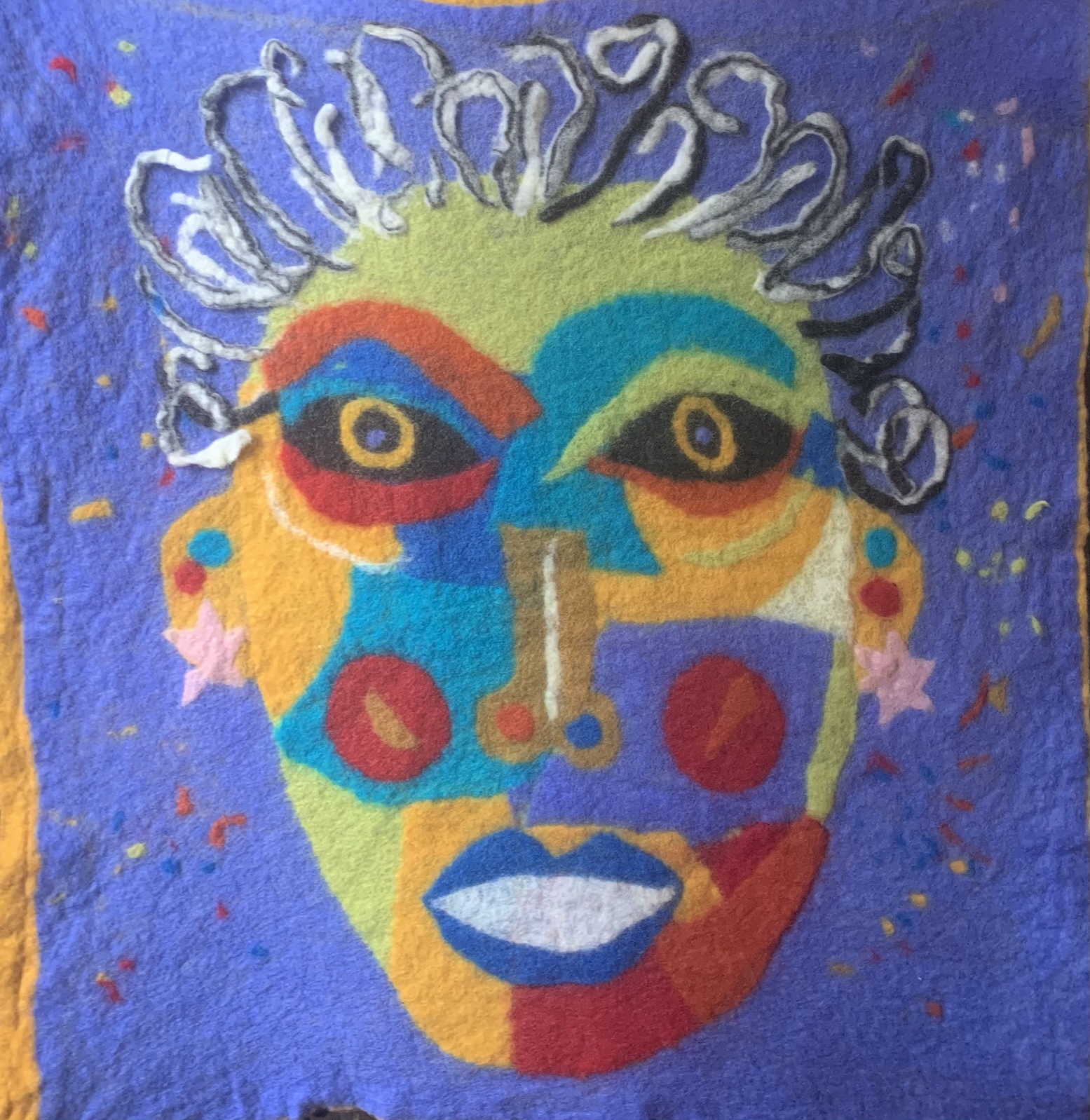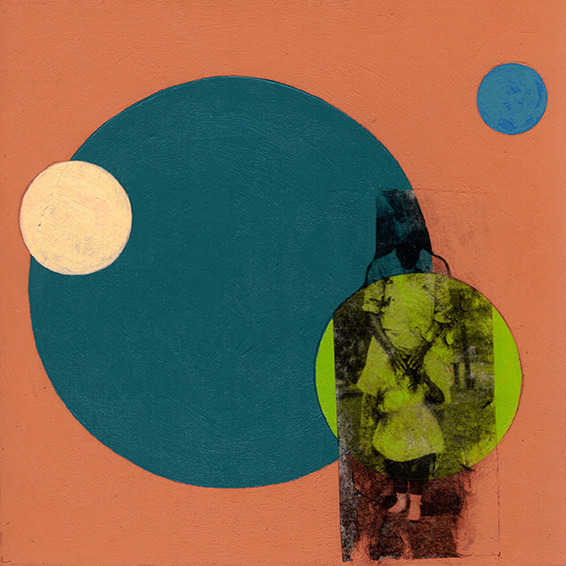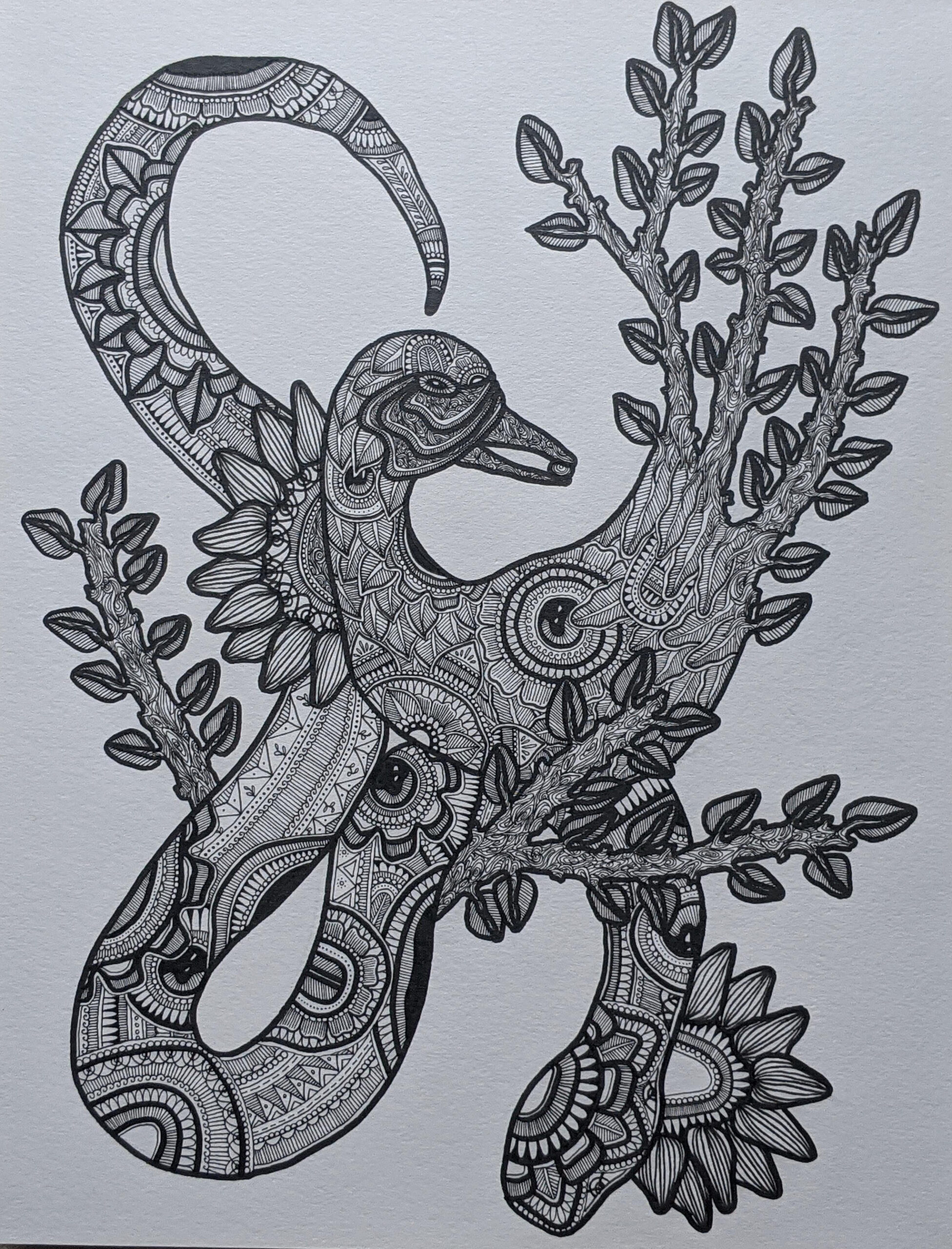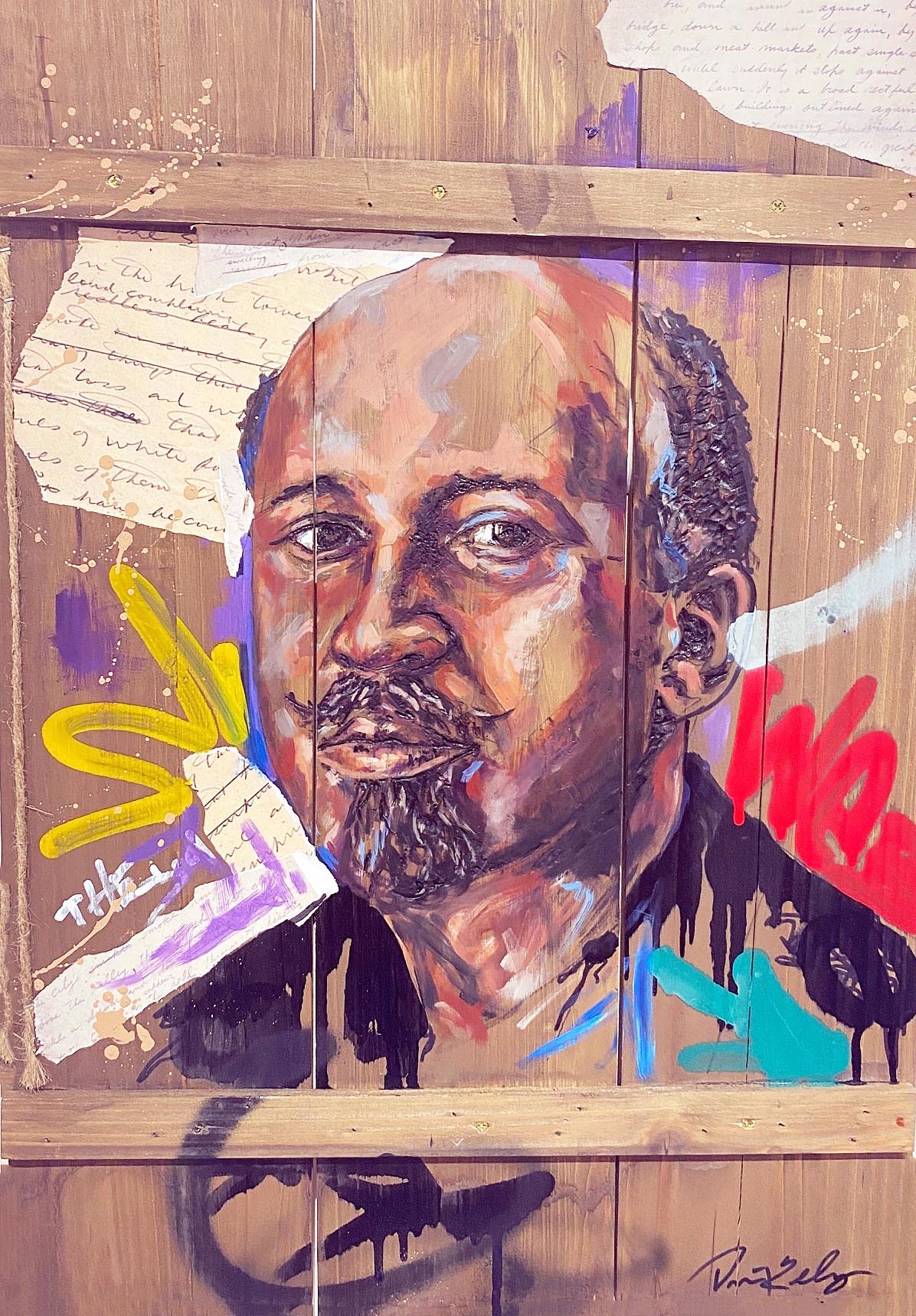A humbly titled show, Cass Corridor, at Image Works Gallery, one of Dearborn’s most interesting new exhibition venues, provides a rare look at ordinary daily life in the Cass Corridor in the 1970s. Michigan photographer Roger Martin’s first series as an emerging artist reveals the many shades of life in this diverse neighborhood. In search for chance encounters and unnoticed moments, a young, long haired Martin walked the streets of the Cass Corridor routinely, often several days a week, between 1969 and 1972. An impressive archive of about 10.000 street and interior shots accumulated over time, none of them dated or labelled.

Installation Image, Roger Martin, Cass Corridor, Image Works, 3.2021 – All images courtesy of Images Works, and the artist.
Bordering the campus of Wayne State University, where Martin was working on his B.A. in Photography at the time, was a depressed inner-city neighborhood bisected by Cass Avenue, now subsumed under Midtown and associated with Detroit’s most recent revival. The Cass Corridor, referred to by some historians astringently as a “planned slum,” held a mixed population of African Americans and Chinese, many of whom spilled over from the demolished Black Bottom and old Chinatown neighborhoods Downtown. Also, home to a considerable White community in low-income public housing, it was plagued by alcoholism, prostitution, and other ailments. Largely operating outside of the values of a postwar middle-class society, underground culture and lifestyle movements such as a thriving LGBTQ and experimental arts community emerged facilitated by a low rent environment, a rich bar culture, and proximity to cultural and educational institutions. The neighborhood made national news due to its burgeoning crime and drug culture dominated by heroin, cocaine, and crack. While housing was predominantly segregated by ethnicity, the streets provided a more open place for encounters, at least by degree.
Twenty carefully selected Archival Pigment prints in sizes of 12” x 6” and 7.5” x 9.5” have been newly scanned from negatives, digitally remastered, and printed by Chris Bennett, the owner and chief curator of Image Works Gallery. Bennett, a photographer and digital print professional who moved here from the West Coast in 2017, provides national programming dedicated primarily to photography in its many historical and contemporary facets. The vast majority of the photographs, selected by Bennett in close collaboration with Martin, had not seen the light of day before.
The photographs in the show are newly titled, mostly in a descriptive fashion, and hung to further enhance the visual drama that occurs inside the frame: a choreography of changing angles, bodily positions, single or multiple figure groupings, and alternating backgrounds provide the chosen sequence with a pleasantly strong sense of visual rhythm. Consequently, the images can be viewed in any order. But one image does stand out. Hung right below the exhibition title, Peterboro and Cass showcases Chinatown’s urban façade shot from street level with an obliquely receding pavement line that bifurcates the urban space into two unequal halves.
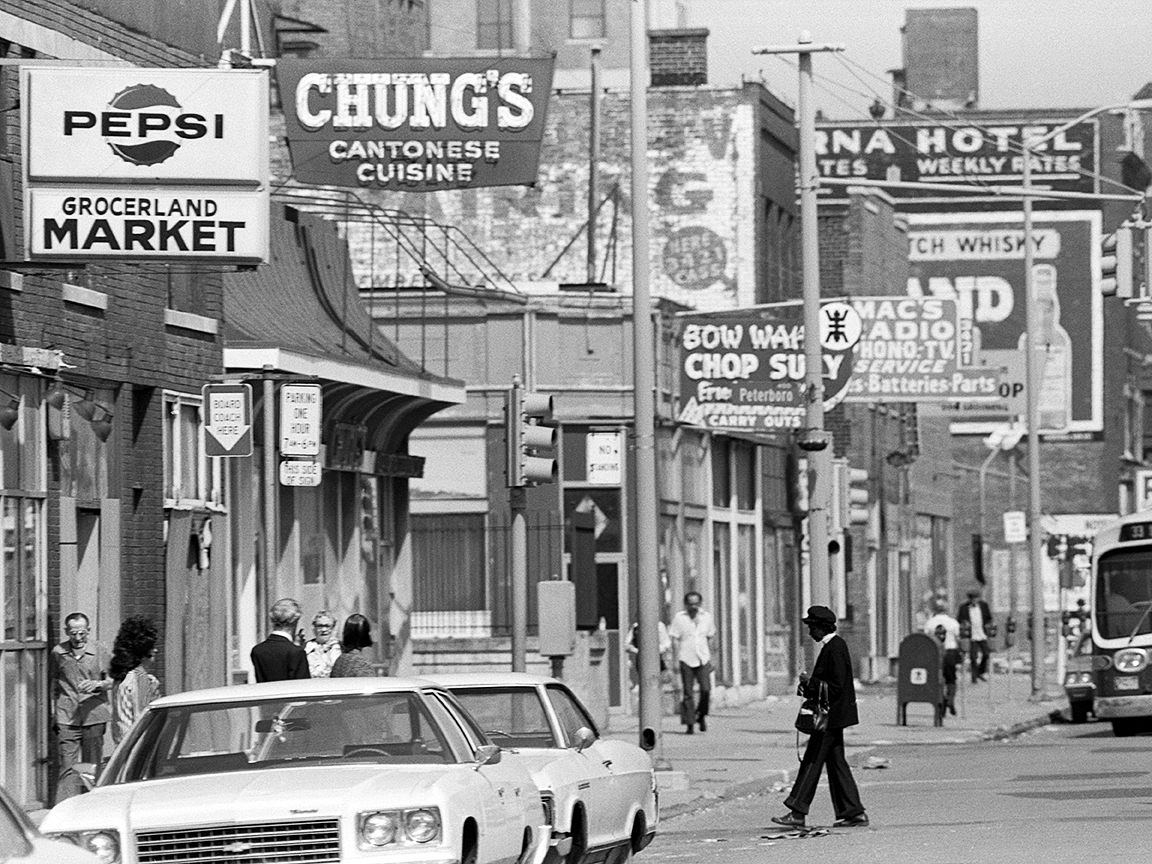
Roger Martin, Cass and Peterboro, Archival Pigment Print, n.d.
Moving off the street toward the sidewalk, an African American woman dressed in black with a black hat and a black bag stands out markedly against two white parked cars in the foreground. The commercial signage further enhances the strength of this photographic play with visual contrast. Chung’s Cantonese Cuisine and Bow Wah Chop Suey in white on black clash with a black on white Pepsi logo above a Grocerland Market sign. One might be tempted to read into this the idea of a possible cultural confrontation(s). To take a case in point, the Chinese community was only afforded an opportunity to buy properties after a 1960s urban renewal effort moved their Downtown location around Third and Bagley Street up north toward Peterboro and Cass.
Shot in black and white with a 35 mm Leica, Martin’s handheld style seeks sharp focus and stability inside the frame quickly and intuitively. Perfect geometry, metered lighting, or perfect focus give way to an exciting spontaneity of alignment and a focus on people in acts of simply being and doing.
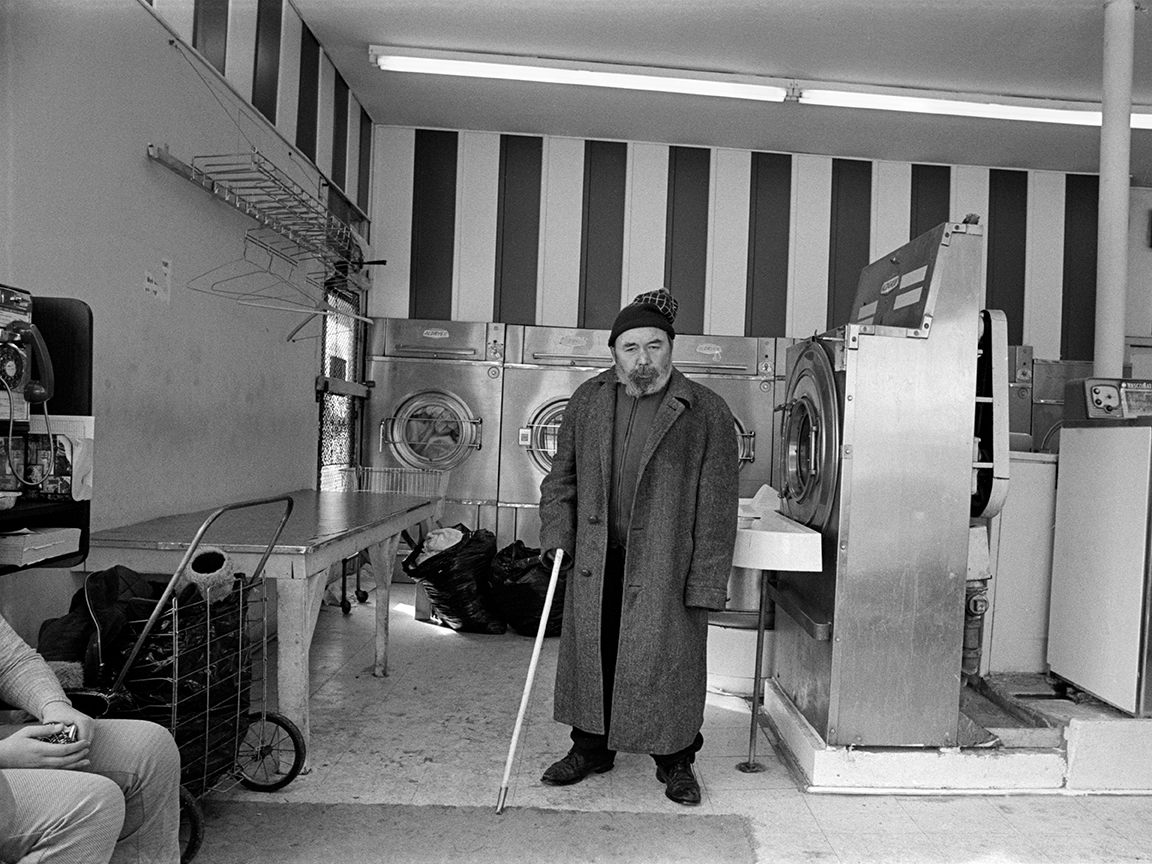
Roger Martin, Professor Pinkus, Archival Pigment Print, n.d.
In Professor Pinkus, we confront a bearded old man with an oversized grey coat, a black woolen hat, and a long white cane with a silver tip, resembling a cane for a blind person, inside a coin laundry. He looks straight but furtively at the camera. Martin shoots from varying distances and angles at which the camera faces the subject, but always at eye level. As the photographer relays the story of Mr. Pinkus, and most images come with a story, he encountered this former Literature Professor several times over the years as he was frequently heard citing Shakespeare in public after succumbing to alcoholism.
The most successful of Martin’s images closely engage with the private aspects of public street life on sideways, in front of facades and door entries, and on porches. These liminal locations hold a special place of interest for the photographer as sites of transition between private and public.
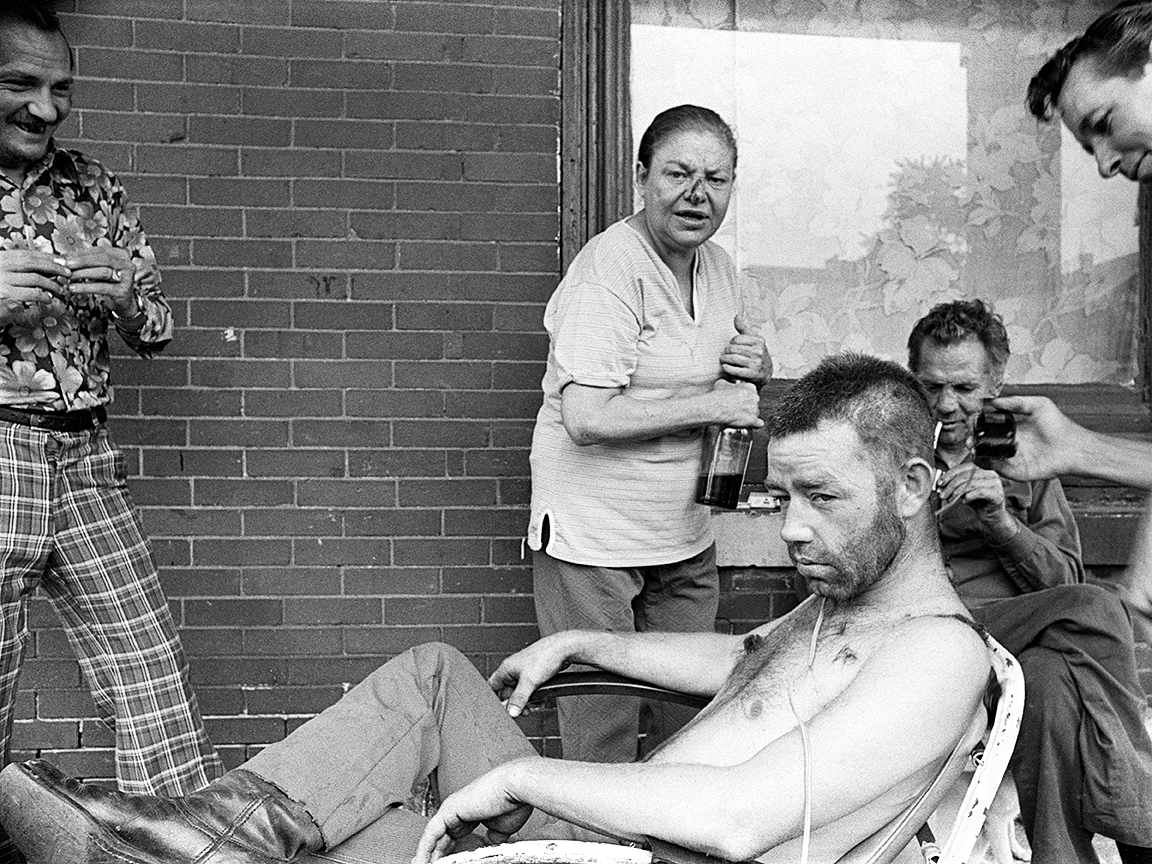
Roger Martin, The Haircut, Archival Pigment Print, n.d.
In The Haircut, five individuals in close physical proximity engage in activities ranging from a buzz cut to drinking and rolling cigarettes after a return from the drugstore. A candid approach to street photography operates as a clandestine practice, but Martin approaches his subjects casually, asking for permission to capture transitory moments in their everyday lives. The choice to react to the presence of the camera is entirely up to the individuals. This opens up an unpredictable range of human gestures and expressions that lends complex visual and emotional interest to many of these images. In Back Pocket, three man are stacked in space, receding gradually into the middle ground from the left foreground. This leads the eye to a man with his head and back turned away from us as he is attempting to drink from a white plastic cup and a bottle tucked into his right trouser pocket.

Roger Martin, Back Pocket, Archival Pigment Print, n.d.
We cannot determine to what extent, if at all, these men are connected. And yet their presence in the same photographic frame implies that there was activity before the photographer took his shot.
These are not just simple documentary images that provide information and aesthetic reward through compositional intricacies, but they are open to a variety of complex meaning and emotions. Not unlike in the work of French photographer Henri Cartier-Bresson, whom Martin recounts as a strong inspiration for this series, each image elicits a sense of curiosity or questioning as to the nature of the human interaction: between present and past, between protagonists, between photographer and photographed. This is the particular nature of the photographic event astutely highlighted by Martin’s photographic style. Bresson photographed daily life on the streets of Paris trying to capture what he famously called the decisive moment, a poignant or poetic moment that can pass quickly and enhances the meaning of the photograph. More specifically, the decisive moment in Martin’s images seems to call for the presence of at least two protagonists. The Two demonstrates just that.
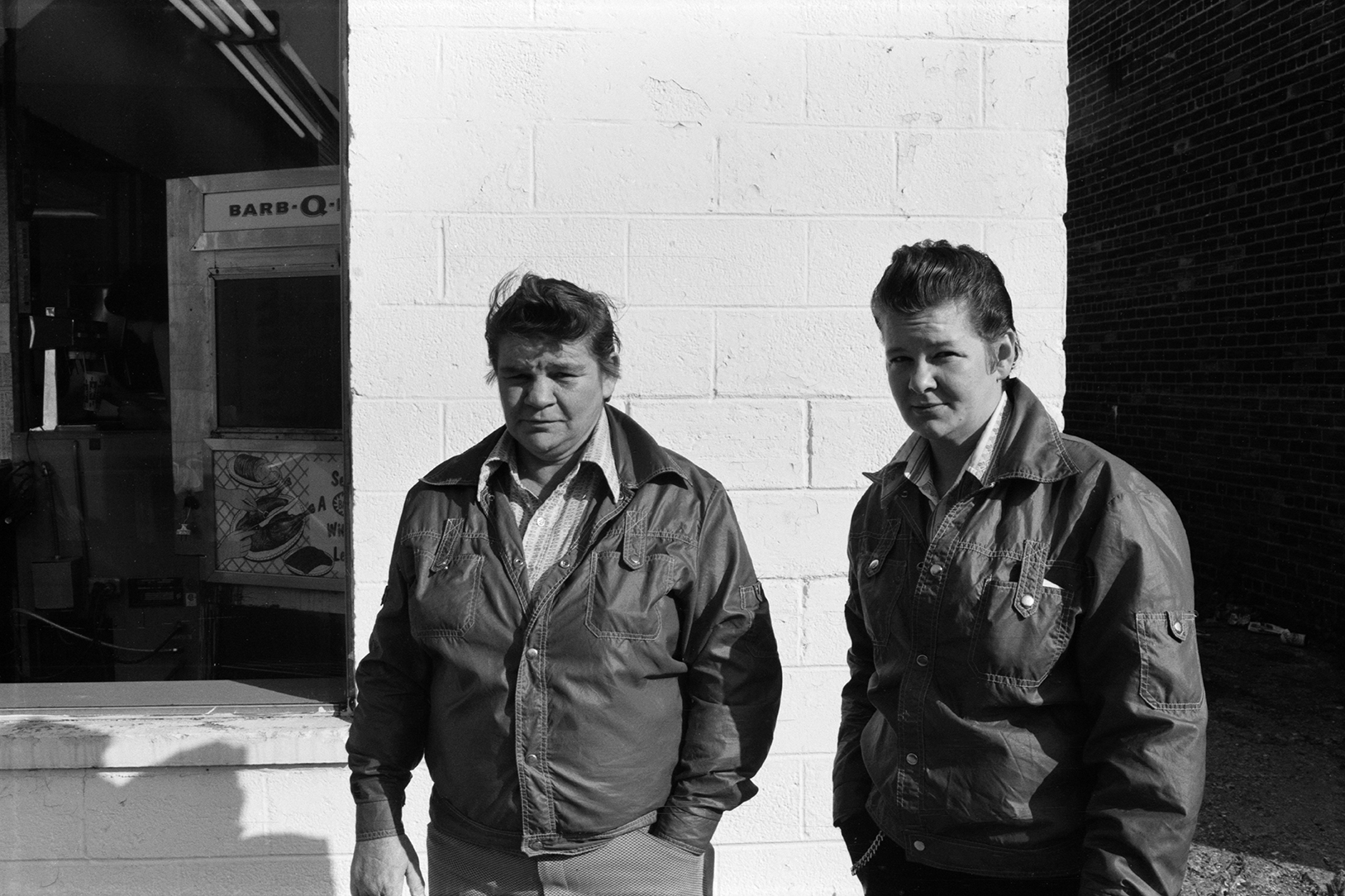
Roger Martin, The Two, Archival Pigment Print, n.d.
Two individuals with similar clothing, hair styles, and bodily demeanor, but of considerably different age, stand quietly to be photographed. Set against a tri-part, high contrast white and black backdrop, we are left wondering as to their gender identity. Cass Avenue was once home to the cities’ largest concentration of gay and transgender bars.
In Cass Corridor, Martin does not set out to document the pressures of society, industry, and poverty on race, ethnicity, sex, gender, and class. And yet these images function as fault lines of social identity formation amidst social inequalities without turning the precarities of these lives into spectacles for the public eye. Dearborn-born Martin, who completed his M.A. in Photography at Wayne State in the mid-1970s, has since tried his professional hand at a variety of genres other than street photography, and we can look forward to seeing additional work in the future as he exhibits more locally.
Roger Martin, Cass Corridor, Image Works, Exhibition through April 30, 2021

